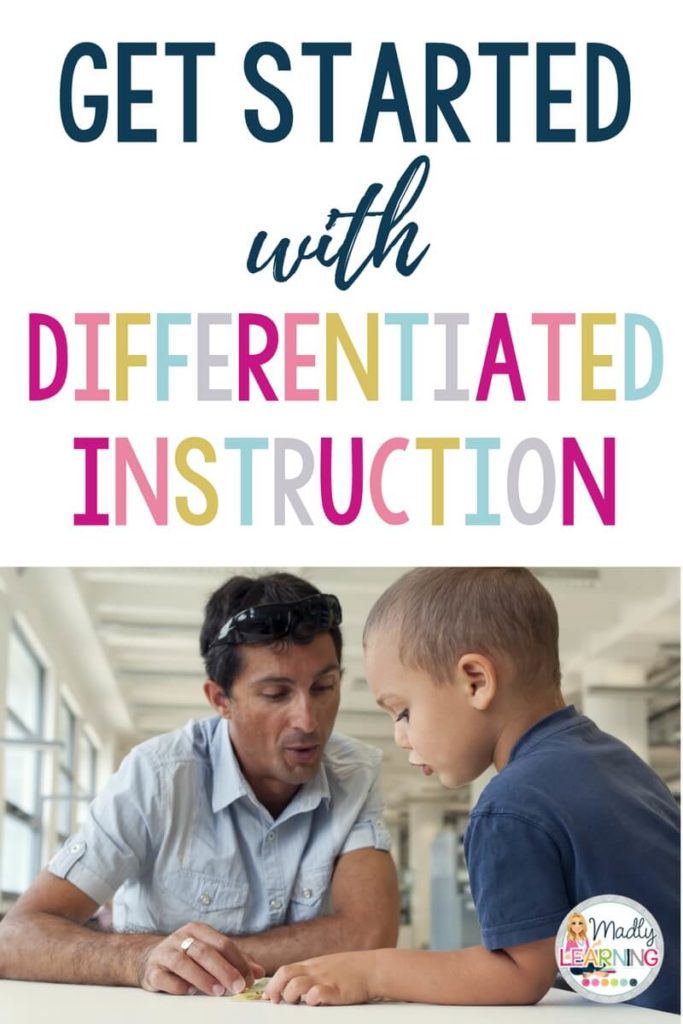
So if you understand the concept and benefits of differentiated instruction for the students in your classroom but are not sure where to start then hopefully this post will help you to set the stage and get started with differentiation. If you are still wondering what differentiated instruction is, please read my post on Explaining Differentiated Instruction first!
Differentiated Instruction
My biggest motivation for differentiated instruction is my students with different learning needs. This started with teaching ELL students and continues within my classroom walls. In my time as an ELL teacher going into others’ classrooms, there were many times that the DRA assessment would level the ELL student and then all other materials would be given to the student at that level. This was always a problem for me as a teacher. These students were not cognitively working at a grade one level and many of them were at grade level in their home language just not in English.
They knew what time it was but couldn’t communicate that understanding to you in English. That didn’t mean that they needed to learn how to tell time.
I watched too many students disengage with work, or pretend or hide that they didn’t know what to do in a classroom, because they didn’t want to look stupid in front of their peers.
For me as a teacher, this is my main motivation for differentiation. To allow the students who need the modifications or accommodations to get them without making them feel dumb or stupid or lose face in front of their peers.
If we really want differentiation to work we need to understand that in some way we need to set up routines, and a culture in our classroom where students understand that everyone is working on a different level and that there is more than one way to meet a goal.

Set the tone
In your classroom, you need to model that there are many pathways to success. Showing students multiple ways to do things is critical.
Don’t Judge a Kid by His Reading Level
There are many many times where a student may struggle with reading but have amazing potential and cognitive abilities. Learning to access these is a key component to differentiation. We need to stop associating a students’ ability to read with their ability to think. By building on the strengths of the student we can help them access far more material. Reading is a complex task involving many skills, understanding which part of reading will help you to better differentiate. But if your task assesses other subject areas how can you accommodate for the weakness in reading?
Routines
If you have multiple students doing multiple tasks at once in your classroom, then you need to have solid routines set in place that describe how students function and work within your classroom. It makes it much more difficult to just make it up as you go when you don’t have a structure or a framework to rely on. At the beginning of each year, or again later in the year when I feel that some of my routines may be slipping, I revisit this list I made. I use this every year to remind myself of how I want my classroom to run. Check out my free routines pack here
Classroom Management
This is another important skill that you must firmly establish before you begin to differentiate your instruction. There is no way that I could have 30+ kids all doing different types of tasks without good classroom management strategies. Incorporating ideas from a growth mindset, whole brain teaching, brag tags, and many more classroom management tools were all strategies I began using this past year. Many different strategies will work but whatever strategy you use for classroom management you need to be confident, consistent and firm. I may be open to a variety of learning opportunities.
Build Independence
Create opportunities for Safe Failure.







